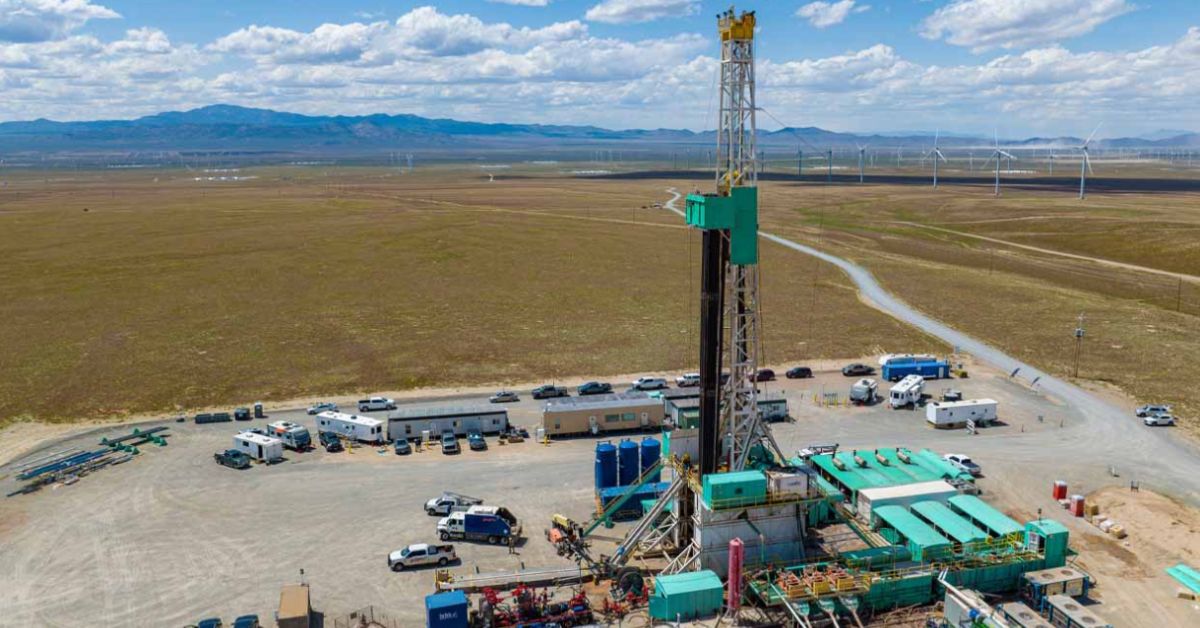Dr. No’am Dvory’s research contributes to developing reliable and sustainable energy resources
While geothermal energy is a clean and sustainable power source, its integration on a larger scale presents challenges, including the need for advanced technology to manage geothermal reservoirs, mitigate seismic risks, and address site-specific limitations such as resource location and drilling depth. Additionally, the initial investment costs and the complexities of infrastructure development can hinder widespread adoption, making it essential to overcome these barriers to fully harness geothermal energy’s potential.
Dr. No’am Dvory, a Research Assistant Professor of Civil & Environmental Engineering, is leading groundbreaking efforts to revolutionize how seismic risks are managed in geothermal energy projects. His latest project is crucial for advancing enhanced geothermal systems globally, offering sustainable and potentially life-saving solutions.
Minimizing Seismic Risks in Energy Development with Machine Learning
Dr. Dvory has recently secured significant funding for an innovative project at the Utah FORGE site, collaborating with experts from the University of California, Berkeley, the University of Calgary, and Tel Aviv University. This $1,021,798 project integrates machine learning, geomechanics, and seismology to develop real-time decision-making tools for geothermal reservoir stimulation.
Geothermal reservoir stimulation—a technique needed to produce geothermal energy more efficiently— can potentially induce felt earthquakes, a challenge observed worldwide. Dr. Dvory’s project aims to mitigate this risk by creating a comprehensive, real-time framework that incorporates advanced scientific tools like earthquake source location, slip hazard estimation, and maximum earthquake magnitude forecasting.
The project will tackle global challenges in geothermal energy and seismic hazard management by:
- Enhancing machine-learning techniques for accurate seismic event location and magnitude estimation.
- Refining fault slip assessments through Bayesian uncertainty analysis.
- Integrating tools for predicting maximum earthquake magnitude.
- Upgrading current models to consider real-time parameter distributions for better damage and nuisance predictions.
The culmination of this work will be an interactive tool that continuously delivers risk assessments, reducing operational risks and enhancing the effectiveness of geothermal reservoir stimulation. While the likelihood of felt seismic events at the Utah FORGE site is low, the advancements from this project are vital for the global development of enhanced geothermal systems.
Geotechnical Engineering at the University of Utah
Explore Geotechnical Engineering→
More news from our department:
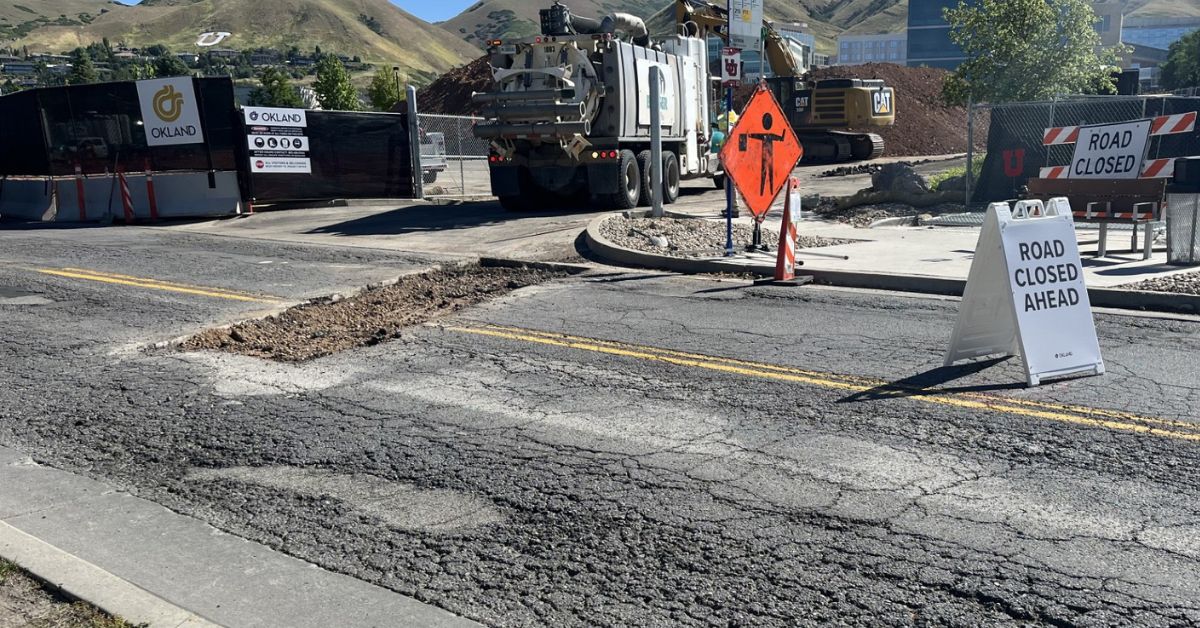
Research at the University of Utah Enhances Road Durability and Resource Optimization
Dr. Pedro Romero’s Team Develop New Method to Predict Asphalt Properties, Reducing Testing Time and Improving Design Accuracy Designing effective pavements—an essential infrastructure component used extensively—requires detailed information about material properties. Unfortunately, gathering this information involves complex, time-consuming tests. As a result, engineers frequently forego these tests and instead rely on average or default values, […]
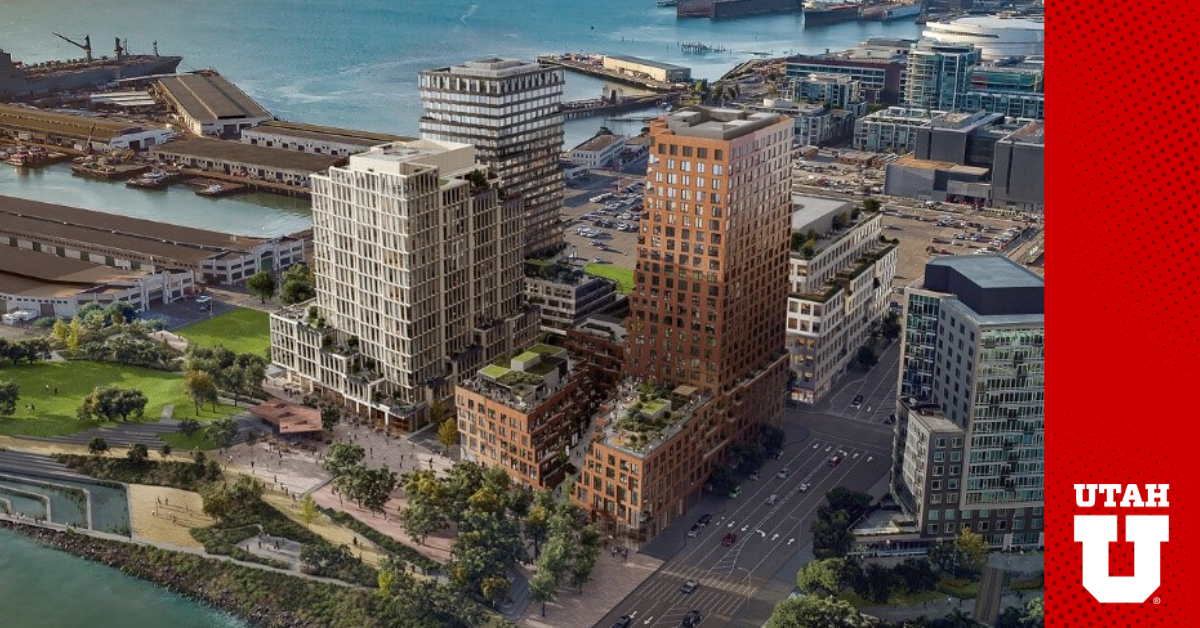
From Shanghai to San Francisco: Dr. Steven Bartlett’s Global Impact
UofU Professor’s Leadership in Seismic Design and Accelerated Construction Technologies Dr. Steven Bartlett drives innovation in the design and construction of infrastructure worldwide. Having established himself as a global leader in geotechnical engineering, Dr. Bartlett has 35 years of experience in applied soil dynamics, liquefaction hazard mapping, seismic risk evaluations, and accelerated construction technologies. In […]
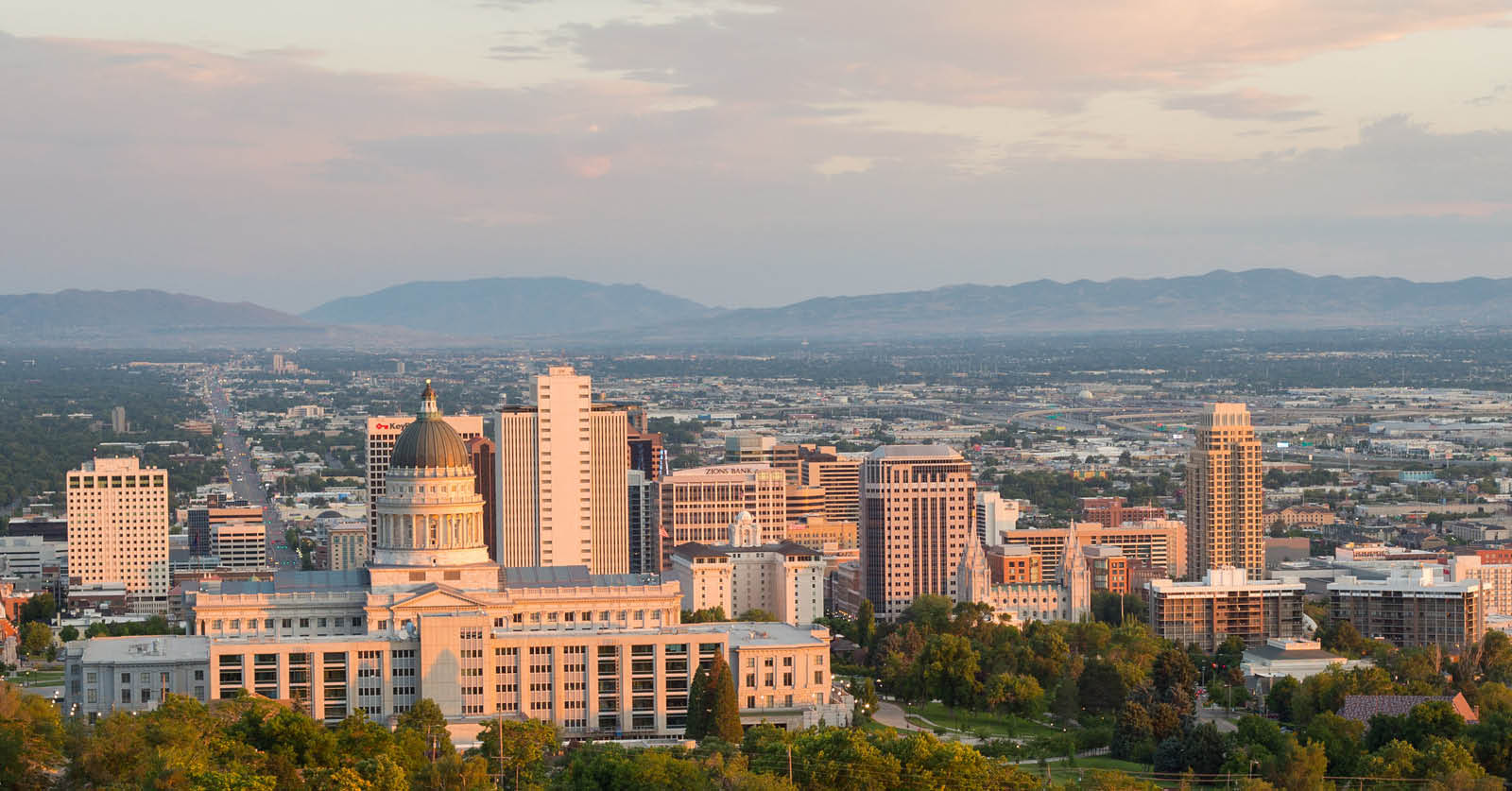
University of Utah Research Pioneering Sustainable Infrastructure Design in Utah
Revolutionizing Maintenance Data Collection for Better Planning Civil & Environmental Engineering faculty member Dr. Juan Medina’s work is optimizing Utah’s transportation infrastructure through in-depth cost analysis. His team’s research emphasizes the importance of considering long-term maintenance costs alongside initial construction and installation expenses. In partnership with the Upper Great Plains Transportation Institute, Dr. Medina’s recent […]
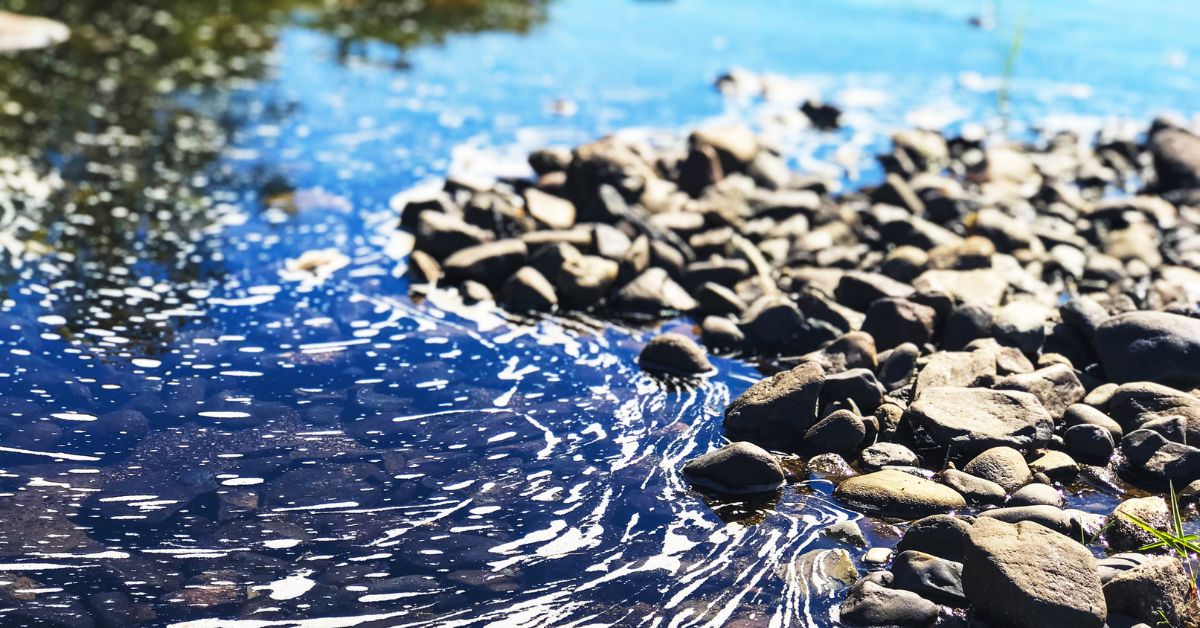
Bridging Environmental Justice and Public Health
NSF Awards $500,000 Collaborative Grant for Innovative Research Led by Jennifer Weidhaas The National Science Foundation has awarded a $500,000 grant for Dr. Jennifer Weidhaas’s latest project, “Collaborative Research: Wastewater exposome as an untapped source for understanding air pollution burden in environmental justice communities.” Dr. Weidhaas, an Associate Professor of Environmental Engineering at the University […]

